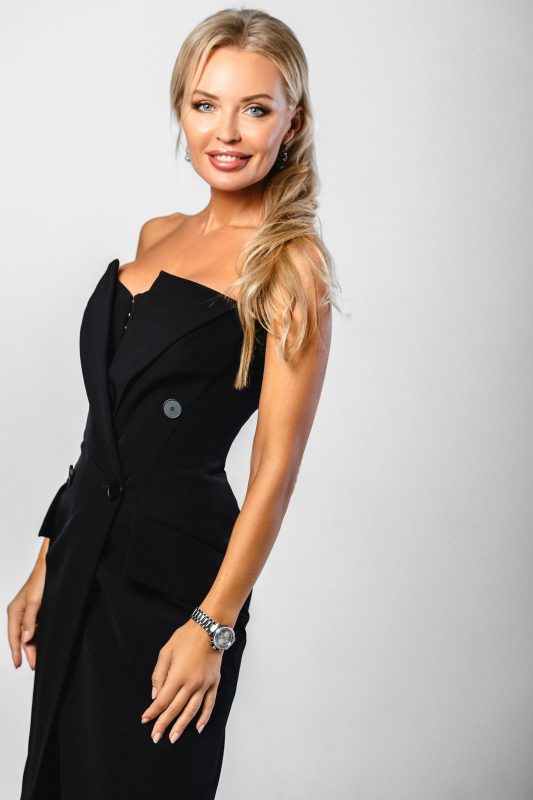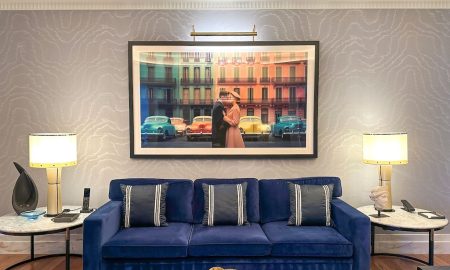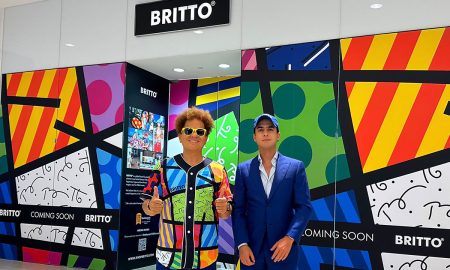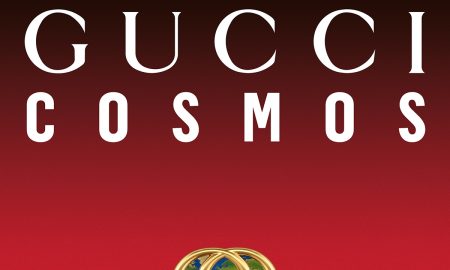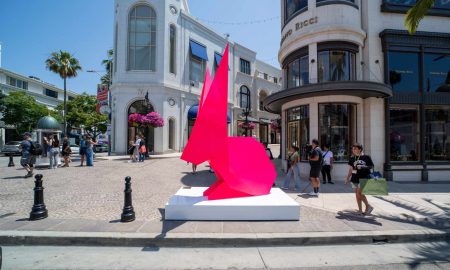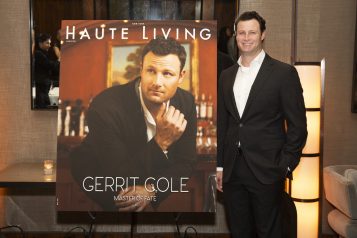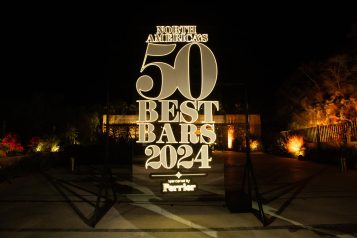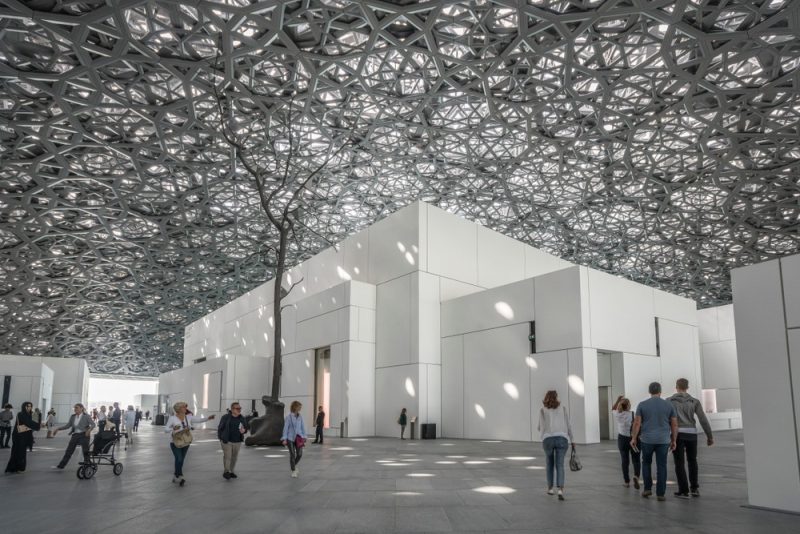
Editorial Perspective by Natalia Cola
In the best traditions of globalization, the Louvre, one of the world’s leading museums, has excitingly expanded its influence in the Middle East.
The United Arab Emirates (UAE) showed great initiative here, as the Louvre Abu Dhabi has a big role play, once it is firmly established as one of the main cultural institutions within the Middle East.
Abu Dhabi hosts strong ambitions to create an international platform for education and culture. Just a few hours’ flight from India, approximated in the center of the Middle East, the city serves as a viable intersection of different cultures and civilizations. This is not only reflected in the Louvre Abu Dhabi’s stated vision to be an institution that fosters dialogue between East and West, but also in the relationships between the different works of art within it; sculptures and objects that collectively influence visitors to make the bridge between time and cultures for themselves.
The biggest work of art in the Louvre Abu Dhabi is the building itself. French architect, Jean Nouvel, having been selected to design the museum, was inspired by the ancient cities of the Middle East, with their mysterious streets and bazaar squares.
The architecture of the Louvre is based on three components, in fact: the geometric patterns of the roof, natural sunlight and electric lights from it and the surrounding water beneath it. Each of these individual components come together for the Museum to emanate a unique combination of light, water, shimmering reflections alongside a shaped diamond pattern on the roof.
A 3-layered dome of 180 meters in diameter covering two-thirds of the museum creates a game of shadows, depending on the time of the day and the year. Sunlight passes through the different layers, each with its own diamond-shaped pattern of different sizes and diameters.
As the building is embraced by the surrounding sea, the sunlight seeping through the dome is reflected in the water, and the interaction of the water and light is played out in running shadows on the walls adjacent to the sea.
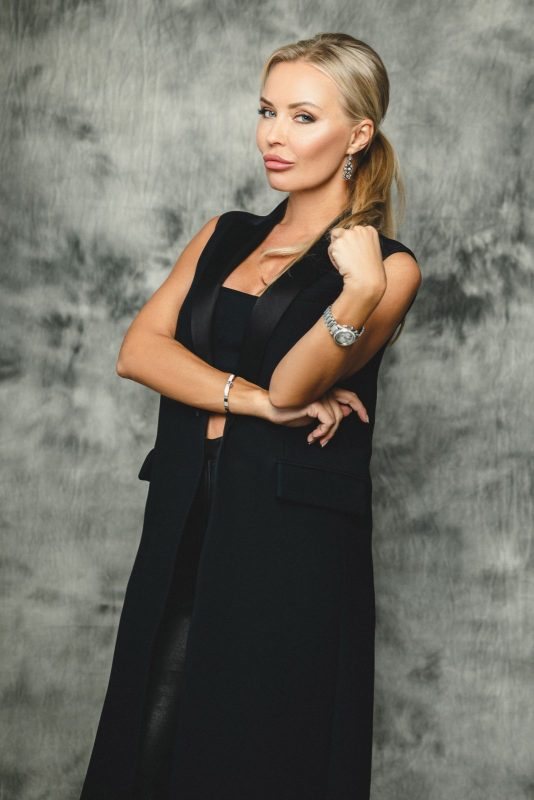
Starting from a clean slate, the Collection of Louvre Abu Dhabi is rapidly growing, now including ancient and contemporary works from all around the world. The Museum has around 300 artworks on loan from the Louvre Paris and 12 other leading French institutions.
The Musee Rodin, one of 12, has permitted the Louvre Abu Dhabi to showcase August Rodin’s ‘Walking Man’, on a Column. In 1887, the French sculptor found two fragments he had previously created eight years earlier of a figure of St John the Baptist. He re-assembled the fragments, pivoting the torso on the legs and inclining it slightly forwards, thereby instilling a sense of dynamism into this “walking man”. Without either head or arms, this work is clearly inspired by the ancient statues and sculptures for which Rodin felt a strong admiration. Yet, the sculptor’s decision to combine the torso with an entirely different set of legs is indicative of a very modern outlook. Rodin first presented this small sculpture at the top of a Corinthian column at the exhibition at the Pavillon de l’Alma in Paris in 1900.
In addition to the large collection of art from different historical eras, much attention is also paid to contemporary art. The Louvre Abu Dhabi has nominated two artists, Giuseppe Penone and Jenny Holzer, to work closely with the museum team to create works reflecting the universal components of the museum and the natural inclusion of contemporary art.
Jenny Holzer used three stone walls to transform literary treasures into artwork, which take their inspiration in Arabic script, as the iconic writing of the sacred text. The first marble relief represents the oldest of three texts, a Mesopotamian clay tablet taken from the ancient city of Assur, now Iraq. It recounts the creation of the world, a myth which is 4000 years old, written in two languages, Sumerian on the left and Akkadian on right.
Penone’s commission is called Germination, an installation which explores the use of natural materials in art. He created a bronze tree called Leaves of Light, which organically integrates into the architecture and portability of the museum.
Ultimately, we are at an exciting juncture for both brand Louvre and brand Abu Dhabi, together showcasing creative synergy while extending a branch of harmonious expression and shared development to one another through the embrace of the arts; this is a model we may see replicable across the Middle East and beyond.
